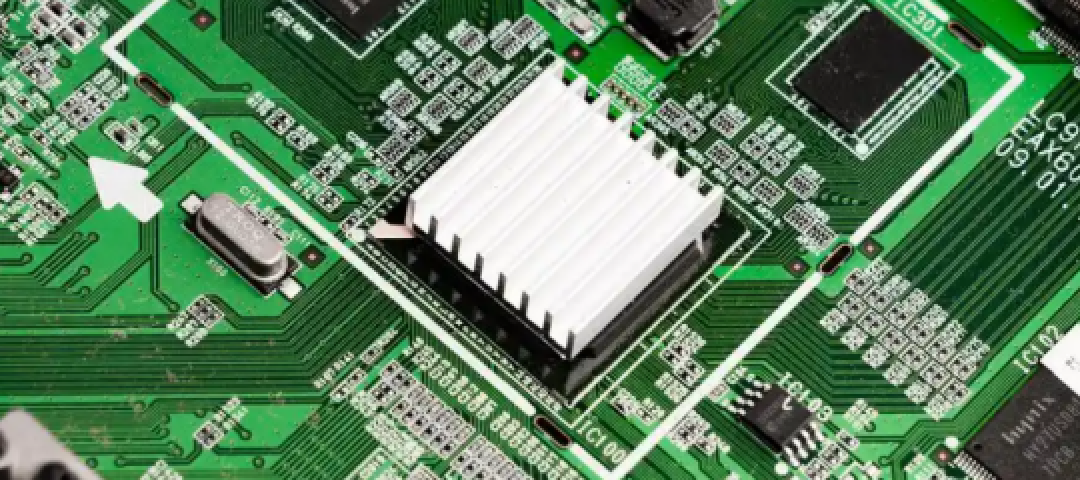The Hidden Lifespan Killer: How Solder Temperature Dictates Your PCBA's Fate
Ever wonder why some electronics seem to chug a

In modern electronics manufacturing, Printed Circuit Board Assembly (PCBA) technology continues to evolve. With increasing complexity in electronic product designs, traditional single-layer circuit boards can no longer meet market demands for multifunctional, highly integrated products. As a result, hybrid PCBs have emerged as an innovative circuit board processing solution, combining features of different types of circuit boards, such as rigid PCBs and flexible PCBs. Their unique design and manufacturing processes enable high-precision and high-density products. This article will explore hybrid PCB processing technology in circuit card assembly factories in detail.
1.Definition and Applications of Hybrid PCBs
A hybrid PCB refers to a composite circuit board that integrates rigid PCBs with flexible PCBs or other types of circuit boards. These boards are commonly used in products requiring both rigidity and flexibility, such as smartphones, medical devices, automotive electronics, and portable devices. By integrating different types of circuit boards into a single design, hybrid PCBs optimize space utilization and enhance the overall performance and reliability of electronic devices.
2.Manufacturing Processes of Hybrid PCBs in Printed Circuit Assembly
2.1 Design and Layout
The design of hybrid PCBs is crucial for their success. Designers must consider the compatibility between rigid and flexible PCBs and ensure optimal component layout within a limited space. PCB assembly factories use high-precision design software, such as CAD (Computer-Aided Design) tools, to create circuit layouts and signal routing.
Rigid PCB Design: Focuses on signal stability and electrical performance.
Flexible PCB Design: Considers material bendability and durability, ensuring that it remains crack- and fracture-free during bending and movement.
2.2 Material Selection
Hybrid PCB production involves various materials. The rigid section typically uses standard FR4 materials, while the flexible section employs flexible substrates such as PI (polyimide) with excellent bending properties. PCBA factories must carefully select materials to ensure reliable bonding and durability in the final product.
2.3 Multilayer Lamination
Hybrid PCB manufacturing often involves multilayer structures, especially in designs combining rigid and flexible sections. Factories use multilayer lamination techniques to combine different materials into a unified board. Proper electrical connections and mechanical strength between layers are critical.
Lamination and Bonding: Strict control over thickness and bonding quality ensures the flatness and stability of the circuit board.
Laser Drilling Technology: Ensures stable circuit connections between the rigid and flexible sections.
2.4 Soldering and Assembly
The soldering process for hybrid PCBs is more complex, especially at the junctions of rigid and flexible sections. Suitable soldering techniques, such as wave soldering or reflow soldering, are used to ensure the reliability and quality of solder joints, avoiding defects like cold soldering or short circuits.
3.Advantages of Hybrid PCB Processing Technology
3.1Space Optimization
By integrating rigid and flexible PCBs, hybrid PCBs enable more functions within a limited space. Flexible PCBs can bend freely, adapting to various shapes, making them ideal for compact electronic products.
3.2Enhanced Electrical Performance
With high-density layouts and highly integrated designs, hybrid PCBs significantly improve electrical performance, reduce signal transmission delays, and enhance operational efficiency. This is especially crucial for high-speed, high-frequency electronic devices.
3.3Reliability and Durability
Hybrid PCBs combine the advantages of rigid and flexible materials, providing stability and flexibility. Their durability ensures reliable performance in various working environments, particularly under high-temperature or high-vibration conditions.
4.Challenges and Solutions in Hybrid PCB Processing
Despite their many advantages, hybrid PCBs present manufacturing challenges:
Material Compatibility: The differing thermal expansion coefficients of rigid and flexible materials can cause stress concentration, affecting reliability. Printed circuit board assembly factories address this through precise material selection and process optimization.
High Precision Requirements: Hybrid PCBs require precise drilling, cutting, and soldering. Advanced equipment and technology are essential to ensure processing accuracy.
High Cost: The involvement of multiple materials and complex manufacturing processes increases production costs. Optimizing production workflows helps PCBA factories improve efficiency and reduce costs.
Conclusion
As an innovative design combining the advantages of rigid and flexible PCBs, hybrid PCBs are widely applied in the manufacturing of modern high-end electronics. Through precise design, material selection, multilayer lamination, and advanced soldering techniques, PCB board assembly factories can enhance product performance and reliability. With ongoing technological advancements, hybrid PCBs will continue to play a vital role in future electronic devices, helping manufacturers stand out in a competitive market.